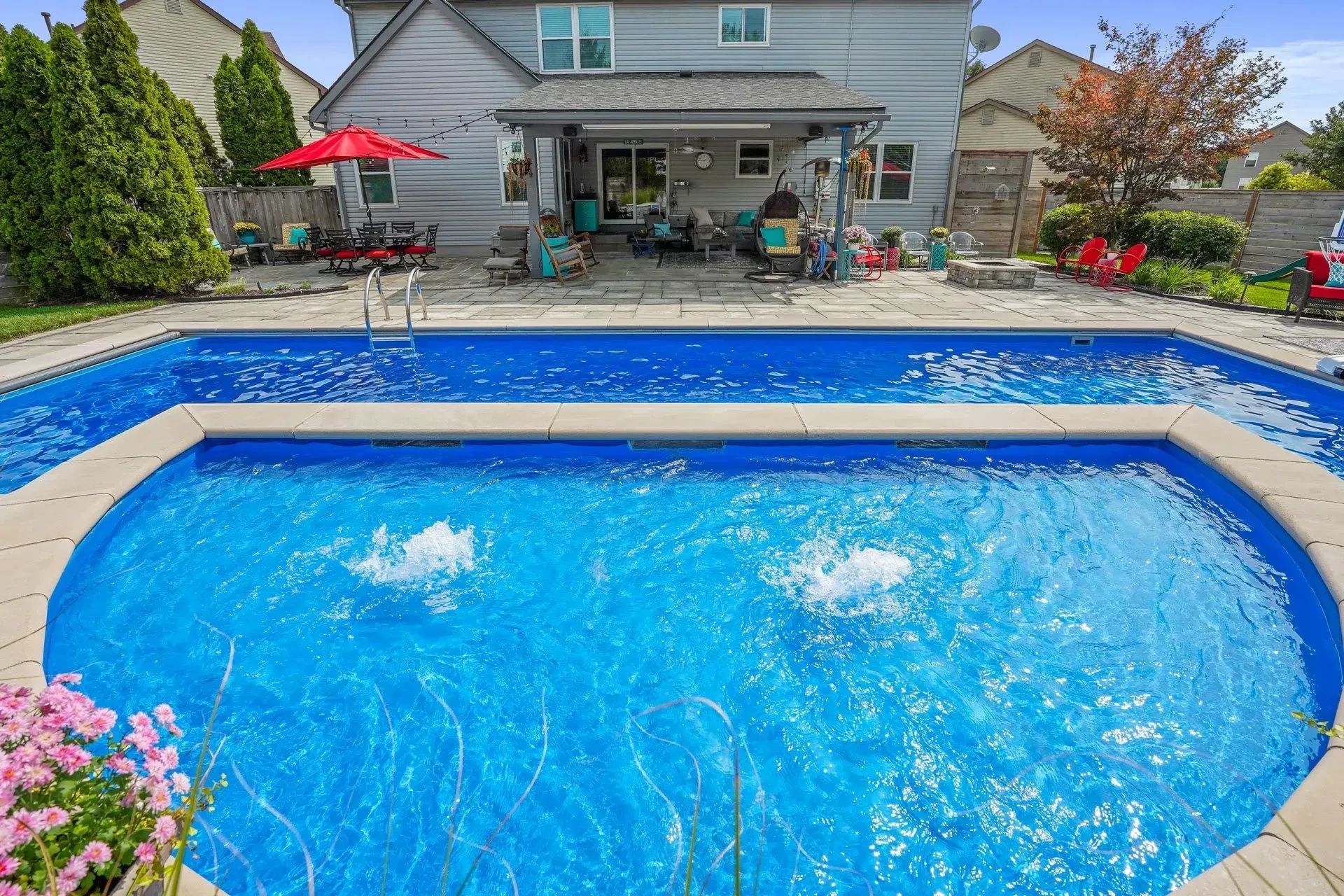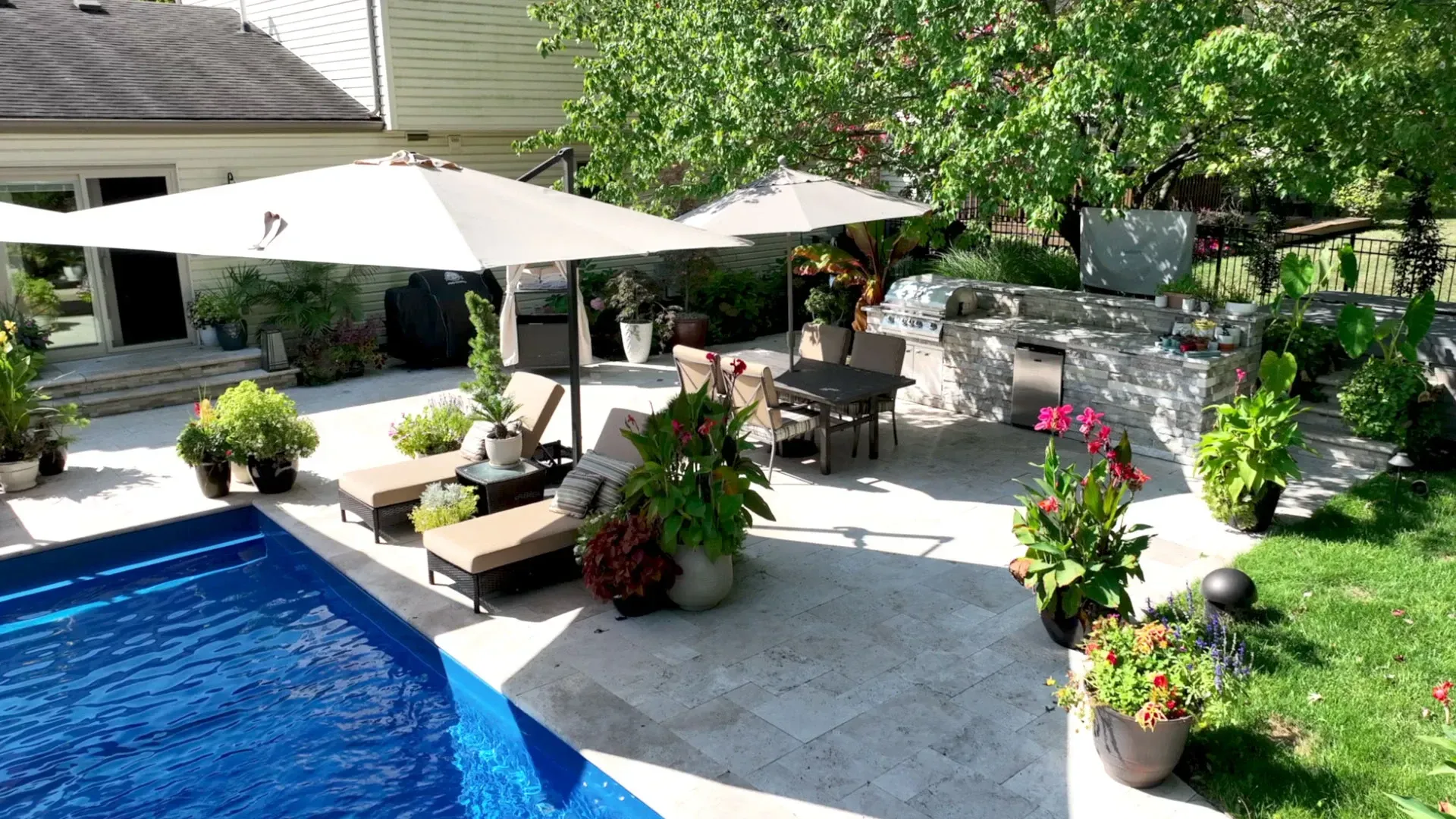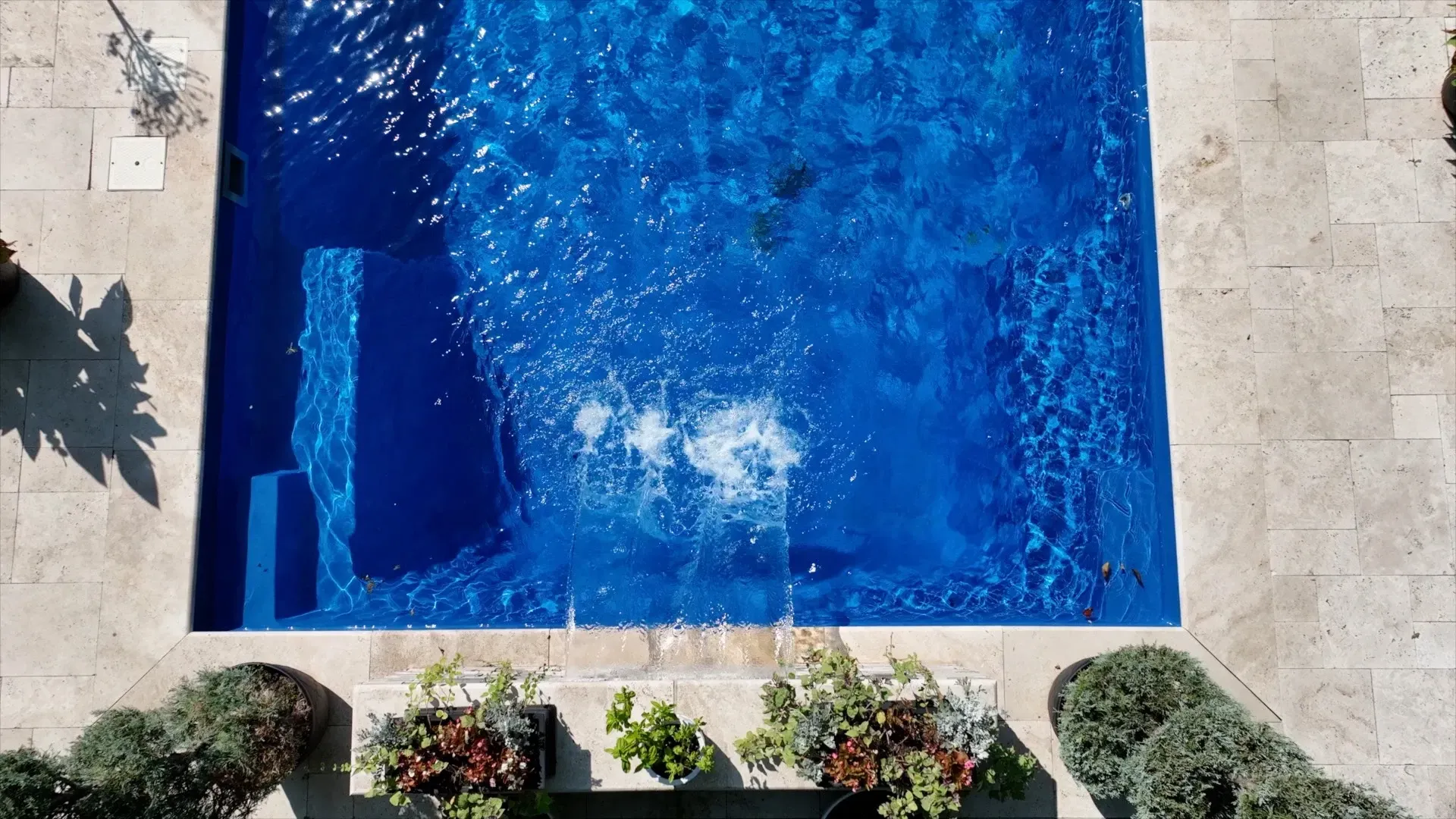Tee off at Home With a Backyard Putting Green
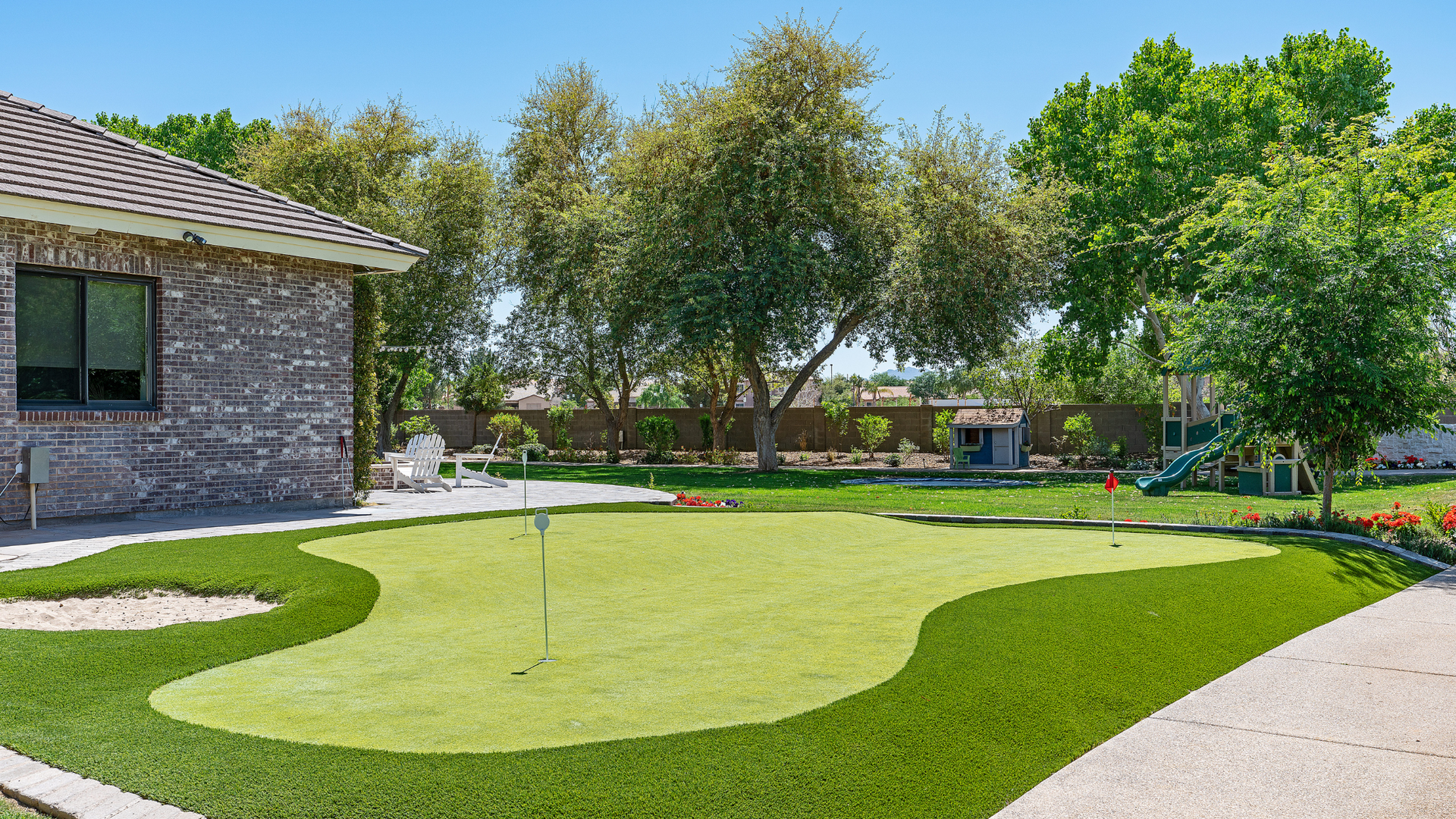
It’s hard not to have golf on the brain over the course of the month of May here in Central Ohio, since Dublin famously hosts the Memorial Tournament every year! Now imagine stepping out into your backyard taking a deep breath of fresh air, and walking onto your very own putting green. For us golf enthusiasts, having a backyard putting green is the ultimate luxury. Not only does it provide a convenient way to practice your putting skills, but it also adds a touch of elegance to your outdoor space.
Let’s continue down this golf theme and explore some of the benefits of installing your very own backyard putting green!
Convenience
With a backyard putting green, you can practice your putting skills anytime, right in the comfort of your own home. No need to drive to the golf course or wait for a tee time - your putting green is always ready and waiting for you. Having to go to a golf course takes a lot of time and effort out of your day, but having a putting green in your own backyard means you can easily dedicate fifteen minutes a day to practice your golfing skills. This convenience can lead to consistency in your practice, which can lead to leveling up your golf game.
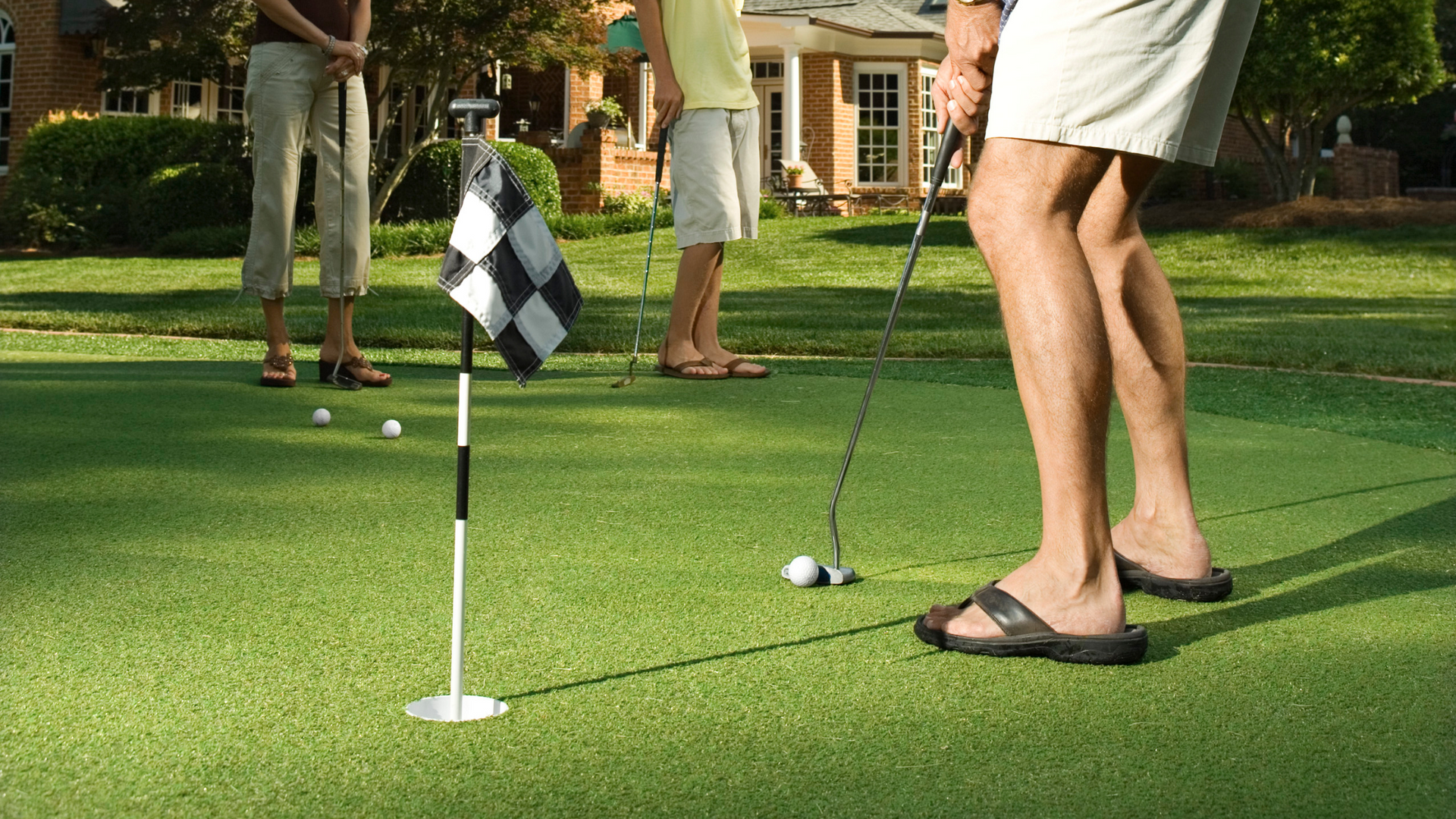
Entertainment
A backyard putting green is not just for serious practice - it’s also a great source of entertainment for family and friends! Host putting competitions, challenge your guests to a friendly game, or simply enjoy a relaxing happy hour with the addition of putting. A backyard putting green is fun for everyone!
Aesthetic Appeal
A well-designed putting green can enhance the beauty of your backyard and add value to your property. Whether you prefer a simple, synthetic green or a more elaborate, custom-designed green, Omni Pools & Scapes can design and create a putting green that perfectly complements your existing outdoor space and fit the size, shape, and design you need. Plus, with our newly renovated Design Studio, it’s easy to visualize your project and check out material options in person!
Year-Round Use:
Synthetic putting greens require minimal maintenance and can withstand all types of weather conditions, allowing you to enjoy it anytime of the year! Golfing is a great form of exercise, and having a putting green at home that can be utilized any time of the year encourages you to get outside and be active. It’s a great and fun way to stay fit and enjoy the great outdoors.
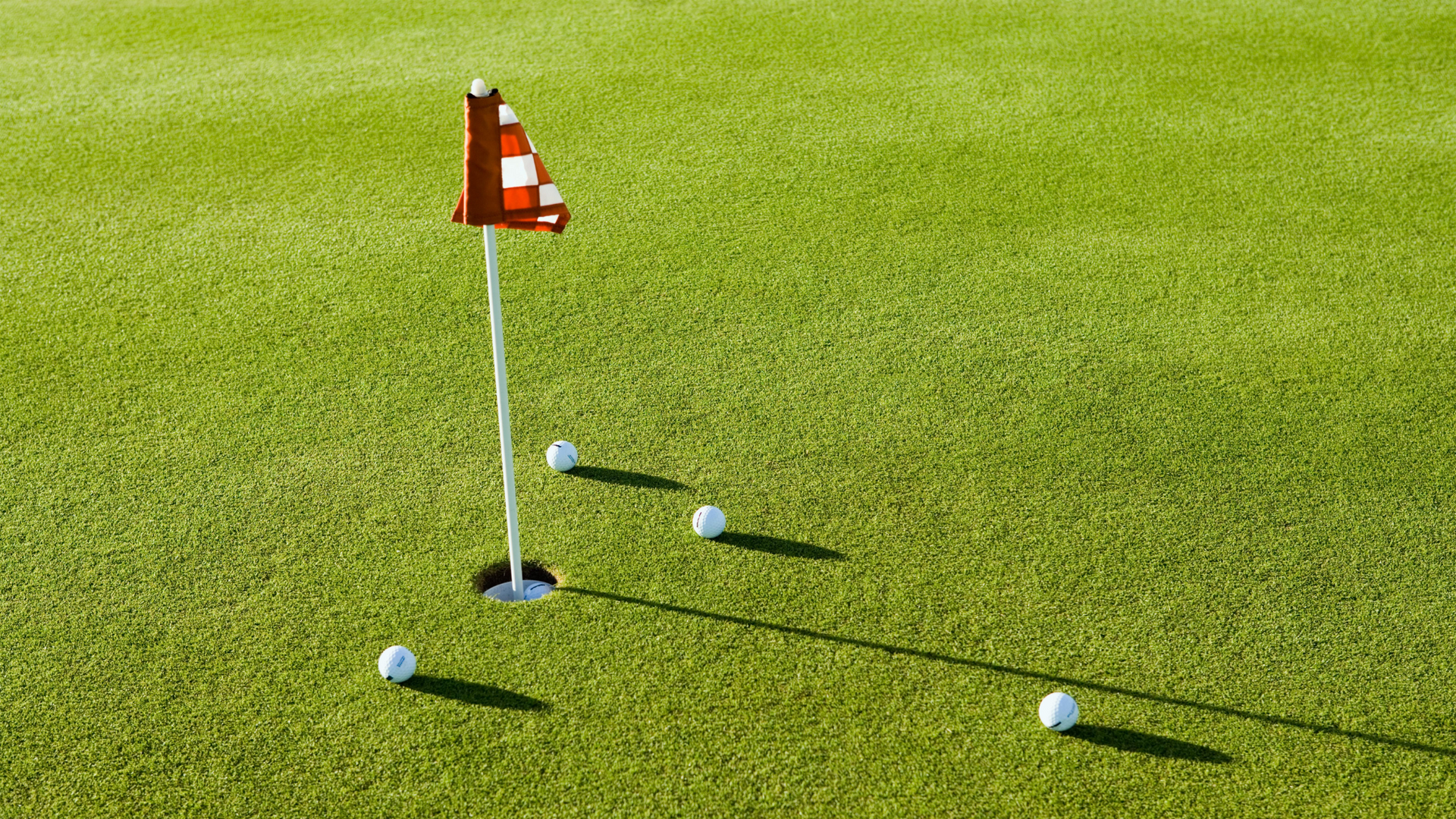
Create your own personal practice area with a backyard putting green from Omni Pools & Scapes, Central Ohio’s premier outdoor living specialists! Whether you’re a seasoned golfer looking to improve your game or you simply want to add a unique, exciting feature to your backyard, a putting green is a perfect addition to any outdoor space. Contact us today to turn your backyard into a golfer’s paradise!
OMNI LEARNING CENTER
RECENT POSTS
